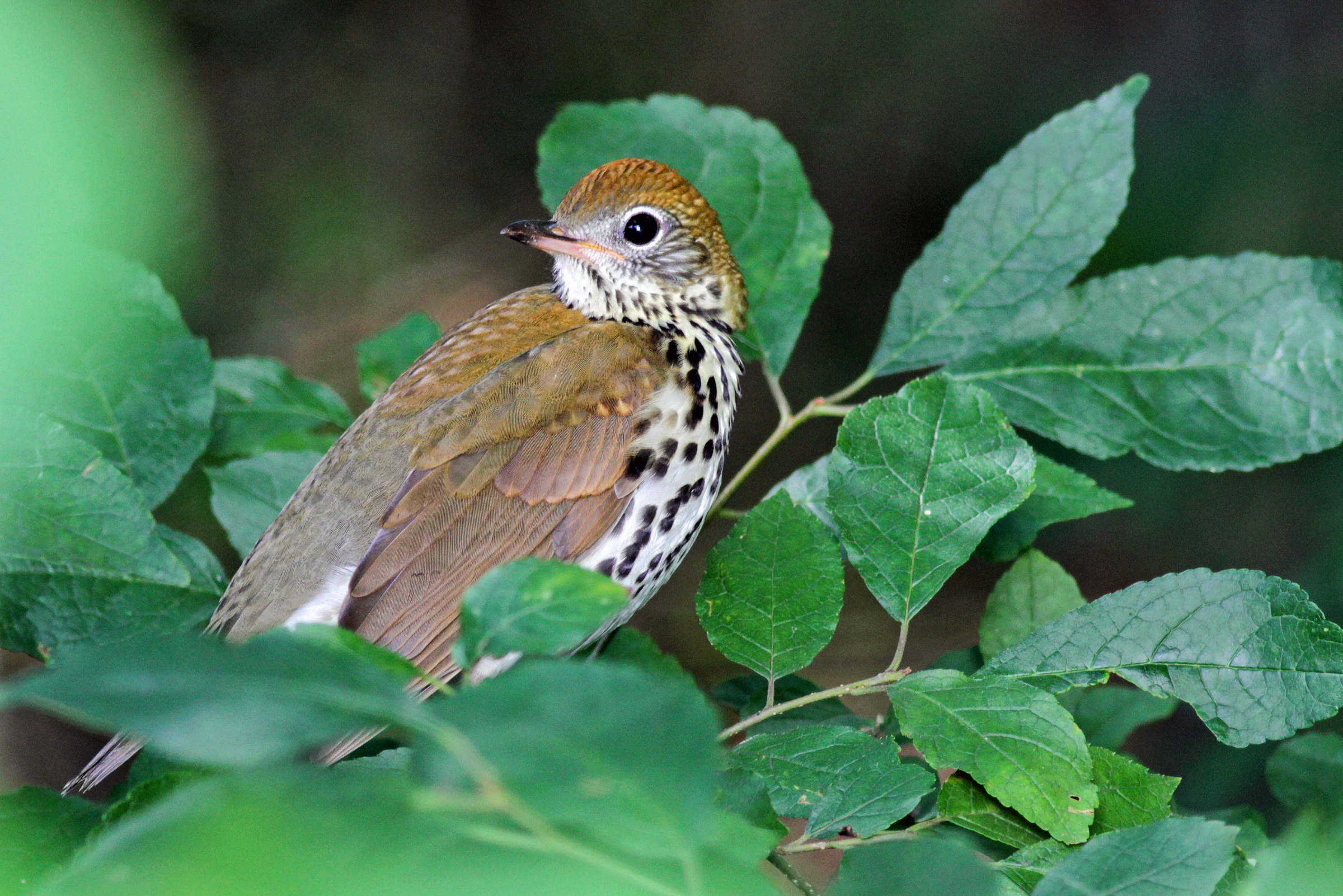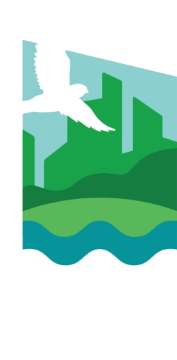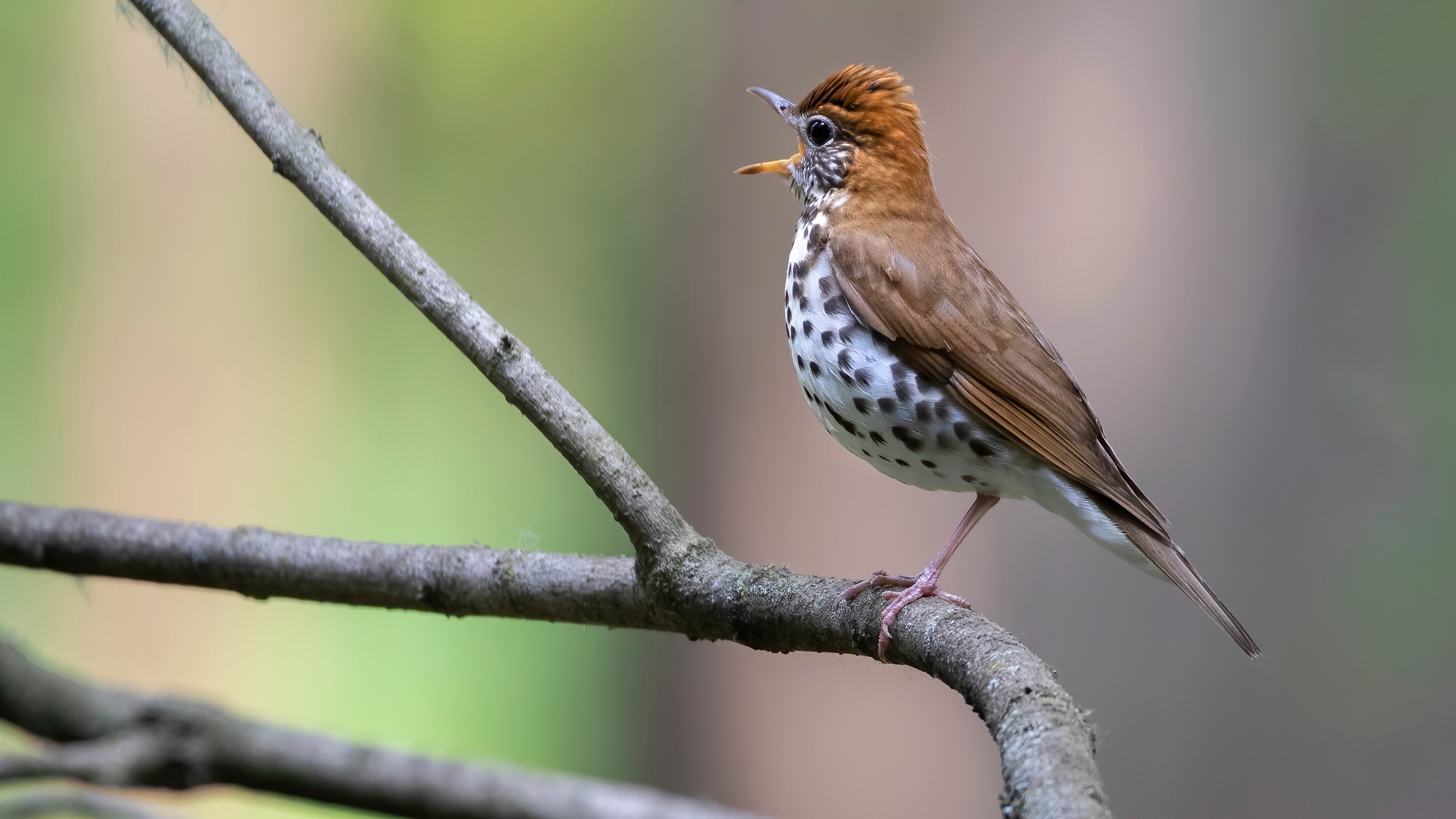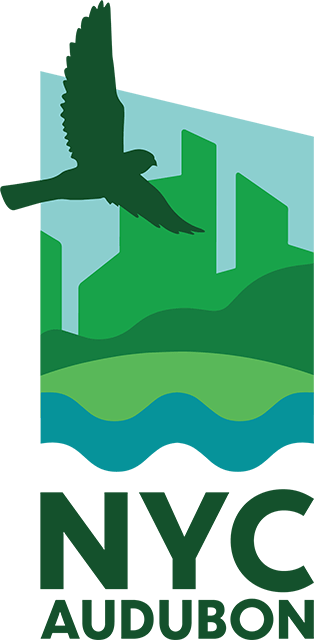The Haunting Songs of the Wood Thrush
category: URBAN AUDUBON

The night-migrating Wood Thrush is a frequent victim of collisions with buildings. Photo: Will Stuart
This article appears in the fall 2023 issue of The Urban Audubon publication.
By Don Riepe
Thrushes are perhaps the most beautiful songsters of the northeast woods, and the song of the Wood Thrush is memorable and haunting for both birders and poets. I often hear Wood Thrushes singing at dusk in the forested areas of the Jamaica Bay Wildlife Refuge, announcing that darkness is about to descend:
This article appears in the fall 2023 issue of The Urban Audubon publication.
By Don Riepe
Thrushes are perhaps the most beautiful songsters of the northeast woods, and the song of the Wood Thrush is memorable and haunting for both birders and poets. I often hear Wood Thrushes singing at dusk in the forested areas of the Jamaica Bay Wildlife Refuge, announcing that darkness is about to descend:
“The last of the light of the sun / That had died in the west / Still lived for one song more / In a thrush’s breast.” (Robert Frost)
The Wood Thrush also sings around daybreak, evoking a different, more optimistic emotion. The sweet sounds are produced by a double voice box, which gives the bird two pipes to blend sound harmoniously:
“I admire the moderation of this master. There is nothing tumultuous in his song. He launches forth one strain with all his heart and life and soul; a pure and unmatchable melody and then he pauses and gives the hearer and himself time to digest this. And then another and another at suitable intervals.” (Henry David Thoreau)
Similar to the Hermit Thrush, the Wood Thrush can be identified by a reddish-brown head and back, with well-defined spots on its breast, while the Hermit Thrush has a reddish-brown tail and lighter breast spots.
A denizen of deciduous woodlands, especially those with tall trees near damp areas, the Wood Thrush can be seen in many wooded NYC parks. However, population declines threaten this gorgeous singer. Human actions such as forest fragmentation (leading to increased parasitic predation by Brown-headed Cowbirds), light pollution, and collisions with glass windows put Wood Thrushes and other songbirds at risk in the Northeast, while continued habitat loss both here and in thrushes’ tropical lowland wintering areas also take their toll. NYC Audubon’s work to reduce bird collisions and restore habitat is critical so that the Wood Thrush will continue to delight present and future generations with its haunting and ethereal song.
Learn more about how you can help pass artificial light legislation to help songbirds like the Wood Thrush migrate safely through our city by visiting our Lights Out Legislation page.



